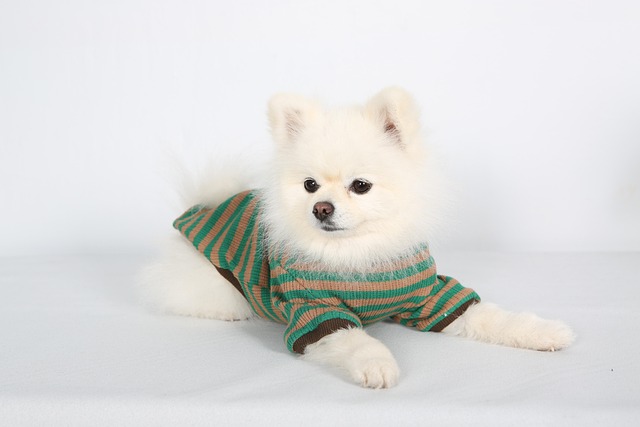
What vitamin is good for dogs' skin
Seeing your dog constantly scratch or noticing dry, flaky skin can make you wonder if a simple vitamin might be the solution.
Watching your rescue pup tremble as you grab your keys in your Chicago apartment isn’t just heartbreaking—it’s a cry for help rooted in canine neuroscience. Separation anxiety floods your dog’s system with cortisol, turning alone time into pure panic. Before reaching for quick fixes, let’s explore solutions balancing science and compassion. Your first tool isn’t a supplement but behavior rewiring. Start by desensitizing triggers: jingle your keys but don’t leave. Put on shoes, then watch TV. Repeat until your shepherd mix sighs instead of drooling. Next, practice "micro-absences." Leave for 30 seconds—just long enough to check your mailbox—and return before whining starts. Reward calmness with high-value treats like frozen pumpkin Kongs. Gradually stretch time apart, pairing departures with engaging puzzles. For Lucy, a terrier in Seattle, this reduced destructive scratching by 80% in three weeks.
When behavioral work needs backup, research-backed aids can help—but vet guidance is non-negotiable. Underlying issues like thyroid disorders mimic anxiety, and annual check-ups are legally required for rabies vaccines anyway. Ask about L-theanine (a green tea compound boosting calming GABA), probiotics for gut-brain balance, or veterinary-formulated CBD oil where state-legal. Skip melatonin or Benadryl—they sedate but don’t solve the fear. Pheromone diffusers mimicking a nursing mother’s scent can ease tension in apartments. One pro tip: test new supplements on lazy Sundays to monitor reactions.

Practical adjustments prevent neighborhood friction. Drown door-slamming sounds with white noise machines—essential in thin-walled Brooklyn lofts. If your beagle howls at 2 p.m., hire bonded midday walkers (most HOAs require insured professionals). Sound-dampening mats under crates soften barks for downstairs neighbors. Always inform walkers about anxiety quirks, like Houdini-style escape attempts. Remember, destruction violating lease terms or nonstop barking breaking city ordinances risks fines or eviction. Pro tip: gift neighbors earplugs with a training progress note—it builds goodwill.
Above all, never punish fear. Shouting at pee puddles or using shock collars violates animal welfare norms and deepens trauma. Instead, celebrate tiny victories with playtime. If progress stalls, IAABC-certified behaviorists offer virtual consults—perfect for post-pandemic pups struggling with return-to-office routines. Pair training with civic duty: keep rabies tags updated, and stash extra biodegradable bags for stress-induced potty emergencies during walks. Your patience transforms panic into resilience, turning frantic goodbyes into calm "see you laters."

Seeing your dog constantly scratch or noticing dry, flaky skin can make you wonder if a simple vitamin might be the solution.

If you’re a new dog parent in the US—maybe you’re sitting on your Portland apartment couch, staring at your 1-year-old Australian Shepherd

If you’re a new dog parent in the US—maybe you’re sitting on your Atlanta apartment floor, holding your 6-week-old Beagle puppy, Daisy, who’s curled up in your lap

If you’re a new dog parent in the US—maybe you’re standing in your Denver apartment’s kitchen, staring at a bag of high-quality puppy kibble and a bottle

Seeing your puppy grow daily is amazing, and it’s natural to want to give them every advantage, including supplements.

Brown stains on white dog fur aren’t just unsightly—they can also hint at underlying issues like tear duct irritation or poor grooming habits, which matter even more when you’re following local pet care laws.